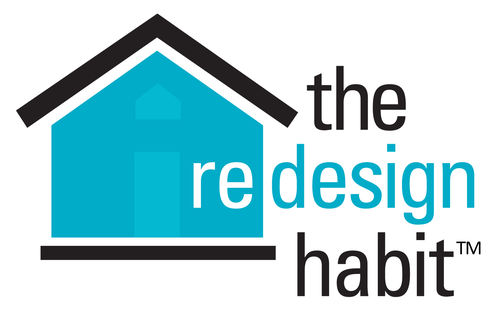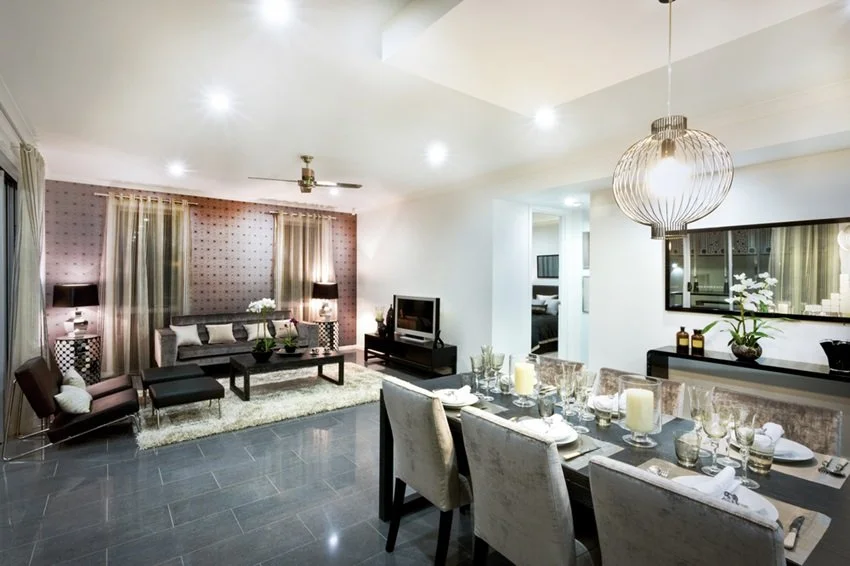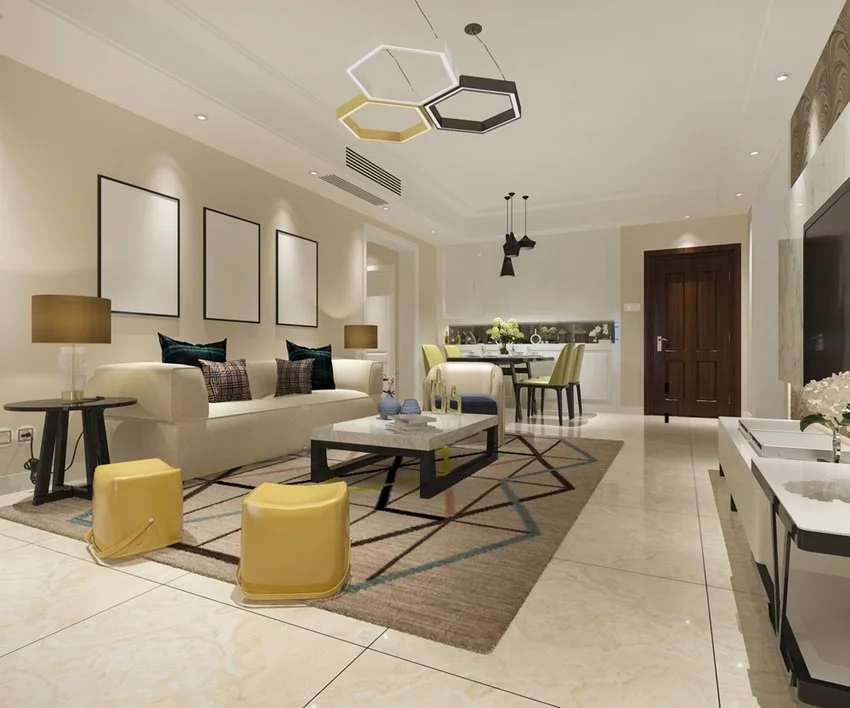The Difference Between Circulation and Flow in Interior Design
Circulation and Flow. Two common interior design concepts. So what do they mean and how do they differ? They are easy to confuse and often used interchangeably by mistake – most notably when using both circulation and flow to describe circulation. Confused? Read on and you’ll be referencing and articulating “circulation” and “flow” with ease.
Flow and Circulation In Interior Design:
Circulation. Circulation is a concept that takes into account the way people move through and around interiors and exteriors of buildings and homes. It can be defined by how often a particular space or room is used as well as the type of use for each. For instance, you could reference a room as having low circulation. Or you might consider repeated paths through your rooms as the area’s circulation.
Good space planning is key when it comes to your home having good circulation. One way to help achieve this is to arrange your furniture in a thoughtful manner. Those of you of my generation may have a visual in mind of Dick Van Dyke tripping or maneuvering around his living room ottoman. Avoid situations that force people to turn sideways to pass through. As always, form follows function. Think about returning from grocery shopping and the path from your garage through the living room and into the kitchen for example. Can you pass the DVD (Dick Van Dyke) test loaded down with large grocery bags and without resembling a contortionist? This is one example of many you should consider based on your lifestyle.
Flow: In terms of interior design flow typically refers to the visual aspects of a space. Flow can be the natural line your eyes follow when you walk into a room as you take in the whole space. It can also represent the style and color choices that make a particular room feel cohesive and well put-together. To expand further, you can consider flow as the room-to-room style and color choices that create a cohesive, well put-together feel throughout those rooms and your entire home.
When you choose colors, you’ll want to keep flow in mind so adjacent rooms feel connected. For example, carrying over similar accent colors from room to room will help to create a cohesive feel and provide good flow. This same concept can be applied to styles as well as colors. Bringing furniture of the same or similar styles will help visually tie the spaces together. So unless you have a strong reason to break the rules – which you’re allowed to do in your own home – my general advice is to just go with the flow.
I hope this blog helped you to better understand the ideas of Circulation and Flow when it comes to interior design and the importance of each as you are planning your home’s interior spaces.
Now, what will you do next to love where you live?
Please feel free to reach out to us at The Redesign Habit and ask questions or simply share a project that you are working on or have completed.
For more great stories and ideas please follow us on Facebook and Instagram.


